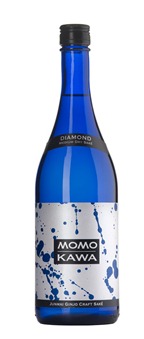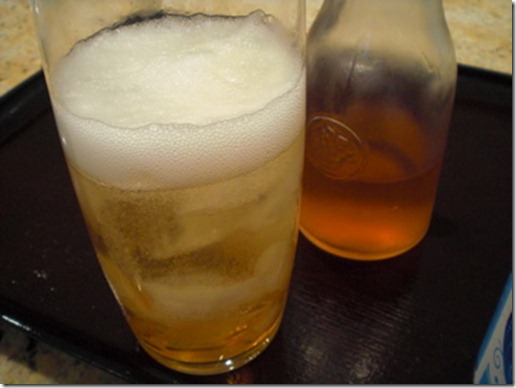
I was thinking of some kind of stir fried dish. This dish had morphed during the cooking since I changed my mind midway through but the end result was something akin to beef stroganoff.
Beef: This was what left of the sukiyaki meat. It was thinly sliced and previously frozen. I thawed it completely in the refrigerator over night (about 300 grams or about 10 oz). I seasoned it with soy sauce (1 tbs), mirin (1 tbs), and sake (1 tbs) I also mixed in potato starch or katakuriko 片栗粉.
Bamboo shoot: I quartered the bamboo shoot along the length and washed away the white chalky substance from the inside of the bamboo shoot. I then thinly sliced crosswise.
Onion: I had leftover onion (small, half) which I sliced into thin strips.
I added light olive oil to a frying pan on medium flame and sautéed the onion until soft. I then added the seasoned beef and cooked until the color changed. Next I added the bamboo shoot and sautéed for one more minute. Then I thought the seasoning was too close to Sukiyaki. I added Worchester sauce (2 tsp), chicken broth (3-4 tbs) and added florets of broccoli. I stirred and put on a tight fitting lid and let it braise/steam for 2-3 minutes. When I removed the lid, because of the potato starch, the sauce/liquid was slightly thickened. I added cream (3-4 tbs) and reduced it further to make a relatively thick sauce. I tasted it and adjusted the seasoning with salt and black pepper.
Since I did not have cooked rice or noodles, I just served this as is as a small drinking snack. Although it tasted OK, unfortunately, the broccoli was too crunchy for my wife’s taste. I get some points, however, for comeing up with this unique dish. The texture contrast of the beef and bamboo shoot and an interesting hybrid taste of the sauce were OK, however, I think, I will not make this dish again. I like a more traditional Japanese style seasoning (sweet and salty or “ama-kara” 甘辛) for thinly sliced beef.














